Montezuma Quail

Lifespan
5-7 years
Height
13-18 cm
Length
25-30 cm
Quail Ratio
1 Male to 1 Females
Montezuma Quail, native to Mexico and the southwestern US, are prized for their unique, camouflaged plumage and subtle crest. These naturally shy and solitary birds are challenging to breed in captivity, and while they require careful health monitoring, their distinctive beauty appeals to experienced aviculturists.
Montezuma Quail Call (Male Call)
Physical Characteristics
How many females to a male
Montezuma quails form strong pair bonds and are best kept in monogamous pairs. Introducing additional females can disrupt these bonds and lead to stress and aggression, negatively impacting breeding success.
Size
Montezuma quail typically measure 10–12 inches (25–30 cm) in length and stand around 5–7 inches (13–18 cm) tall, making them medium-sized.
Appearance
These quails are relatively small with distinctive, intricate plumage that includes subtle patterns and earthy tones. Their appearance is unique, with a slightly crested head and soft, camouflaging colors.
Lifespan
Montezuma quail can live 5-7 years in capacity.

Habitat
Size of habitat
Montezuma Quail naturally inhabit rocky slopes, grasslands, and mountainous areas. In captivity, they require a spacious, secure environment that mimics these rugged, open conditions, with plenty of natural cover.
Shelter
Ensure the enclosure has sheltered areas to protect them from harsh weather and give them a sense of security.
Dust Bathing
These quail loves to dust bathing in sand.
Protection
Ensure the enclosure is secure with fine mesh to prevent escapes and protect from predators. Provide a sheltered area to shield quails from weather extremes.
Diet
Food
In the wild, they feed on a variety of seeds, insects, and green vegetation. When kept as pets, a balanced diet of high-quality game bird feed.
Protein
Their diet can be supplemented with fresh greens, small insects, and grains to mimic their natural foraging behavior.
Water
Ensure they have access to clean water.
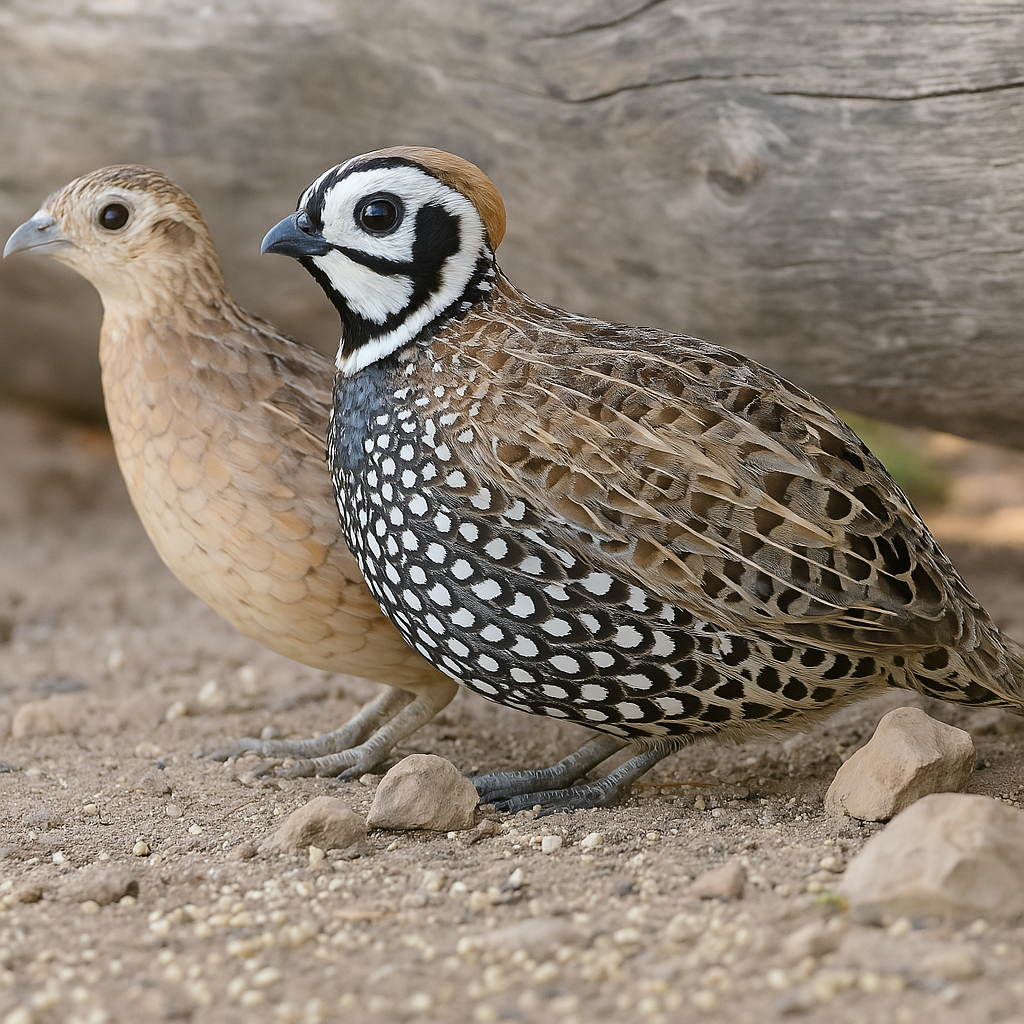
Social Behavior
Montezuma Quail are generally solitary or found in small groups. They tend to be shy and cautious around humans, making them challenging to tame. Their delicate nature means that minimal handling is best.
Activity
Montezuma Quail are adept at digging into soil to unearth bulbs, tubers, and invertebrates. They often create pits more than an inch deep while foraging. Additionally, they scratch through leaf litter under oaks to uncover insects and seeds.
Handling
Handling Montezuma Quail requires a gentle and informed approach due to their unique behaviors and sensitivities. These birds often remain motionless when approached. When handling, use a calm and gentle approach to minimize stress, securing the bird by supporting its body and restraining the wings without applying excessive pressure. They require a calm, secure environment and minimal, gentle handling to gradually get used to human presence. With consistent, patient conditioning, these birds may become more tolerant of observers, though full taming is rare given their wild nature.
Health
Maintaining a clean, well-ventilated enclosure and monitoring for common issues such as parasites, respiratory infections, and nutritional deficiencies is crucial. Their specialized needs mean that regular veterinary care is important for a healthy captive flock.
History
Montezuma Quail (Cyrtonyx montezumae) are native to the rugged regions of Mexico and the southwestern United States. Traditionally valued by local hunters and bird enthusiasts, they remain more common in the wild than in captivity due to their elusive nature.
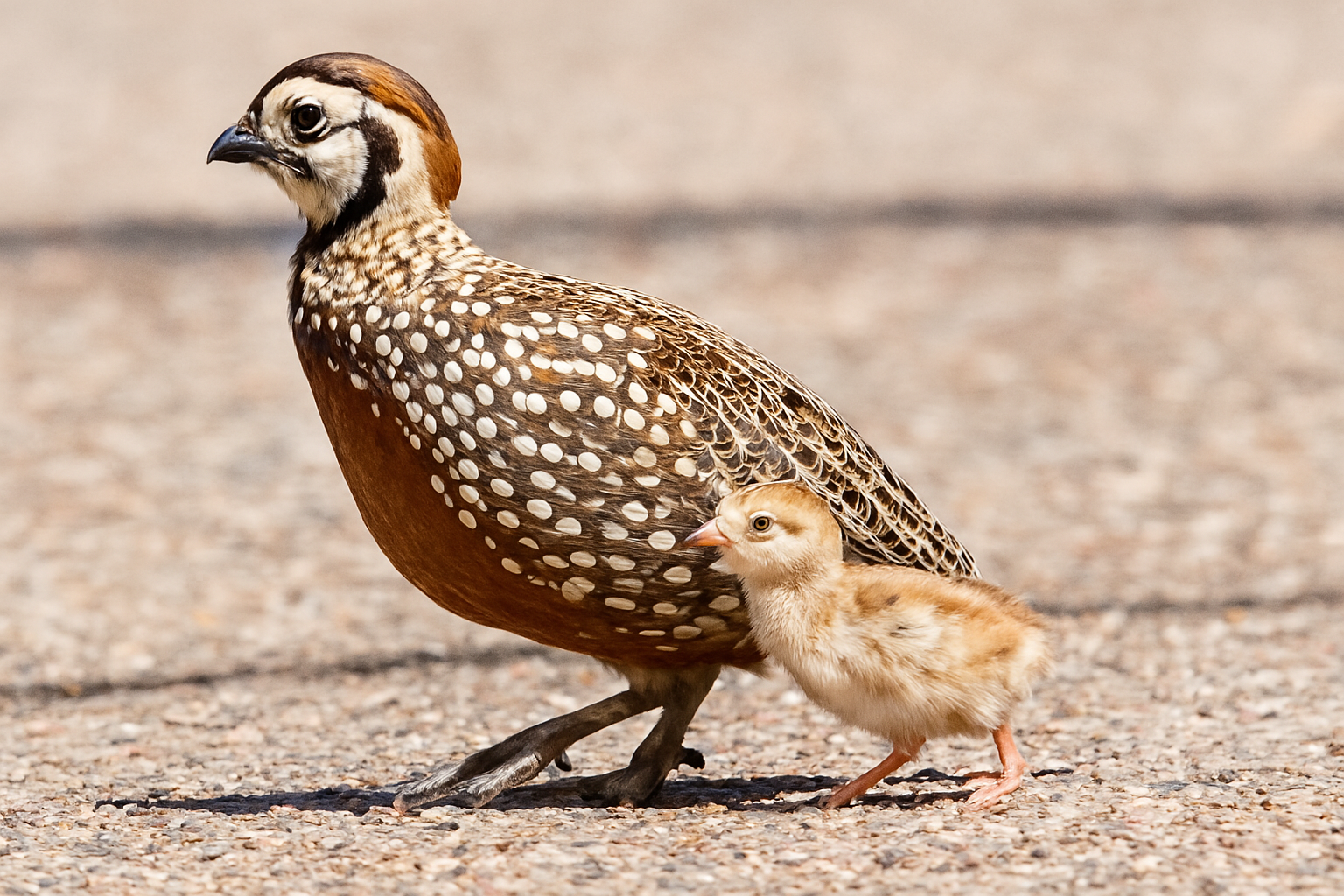
Breeding
Breeding Season
Montezuma Quail typically begin their breeding season in late June, triggered by summer monsoon rains. During this time, males start singing to attract females.
Nesting
The quail nest on the ground in concealed areas with dense vegetation, constructing a dome-shaped nest woven from grasses. Females usually lay clutches of about 10–12 chalk-white eggs, which both parents may help incubate for roughly 25–26 days.
Quail Chick Care
Brooder Setup
Temperature: Keep Montezuma Quail chicks in a brooder at about 95°F (35°C) during their first week, then gradually lower the temperature by approximately 5°F each week until they acclimate to room temperature.
Feeding
Provide a high-protein starter feed tailored for quail chicks, and always ensure access to fresh, clean water
Feeder and Waterer
Use shallow feeders and waterers to prevent chicks from drowning. Marbles or pebbles can be placed in water dishes to keep chicks safe.
Outdoor Transition
When chicks are fully feathered (around 4–6 weeks old), slowly introduce them to outdoor conditions in a secure, predator-proof area, gradually increasing their exposure.
Joining the adults
Integration with Adults
Integrate chicks with adult quails gradually by allowing supervised, controlled interactions to ensure a smooth transition and minimize stress or aggression.
Observe Behavior
Pay attention to the behavior of both chicks and adults during the integration process. Watch for signs of stress, aggression, or dominance issues. Healthy quail should display normal feeding behavior and move about freely without signs of distress.
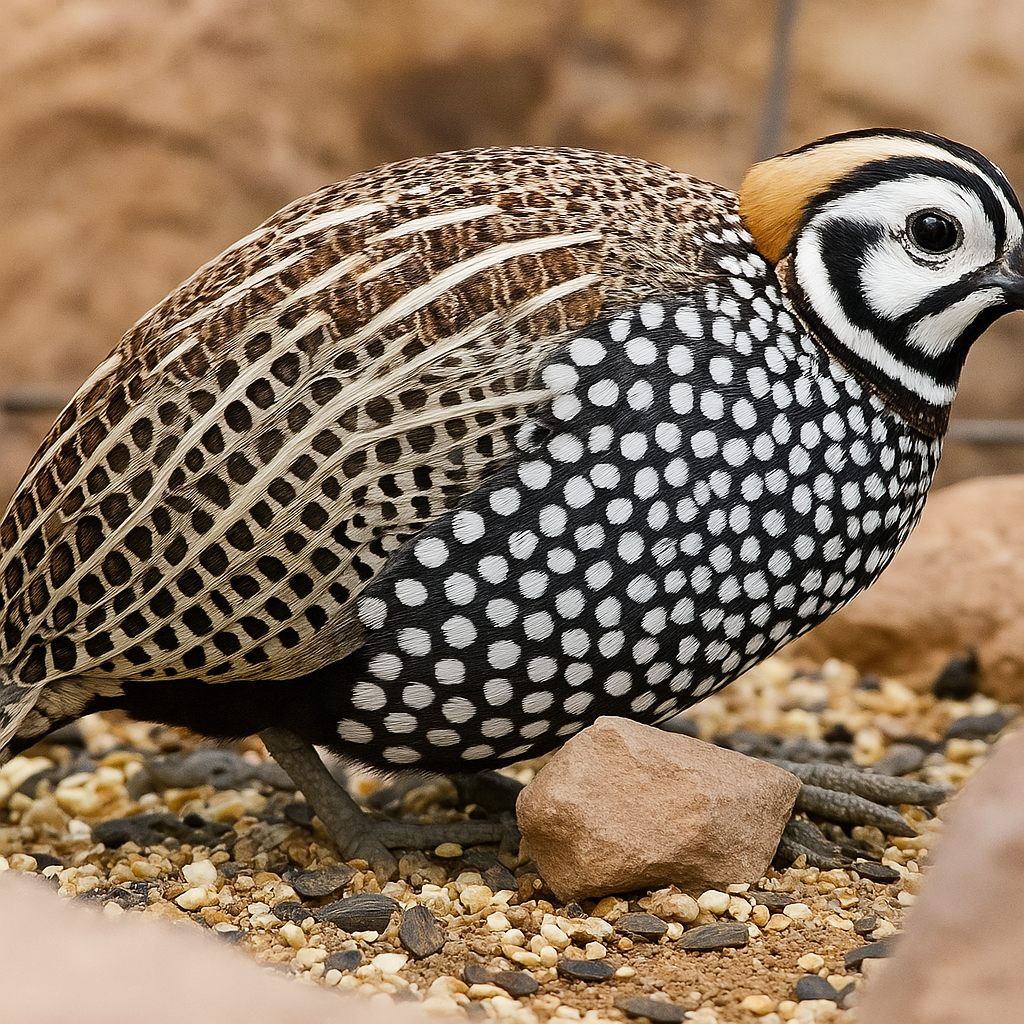
Fun Fact
The Montezuma Quail usually crouches and stays still when danger threatens, and then explodes into flight if the danger comes too close. In captivity, even with clipped wing feathers, it can leap at least 6.5 feet straight up with great force.
In this article
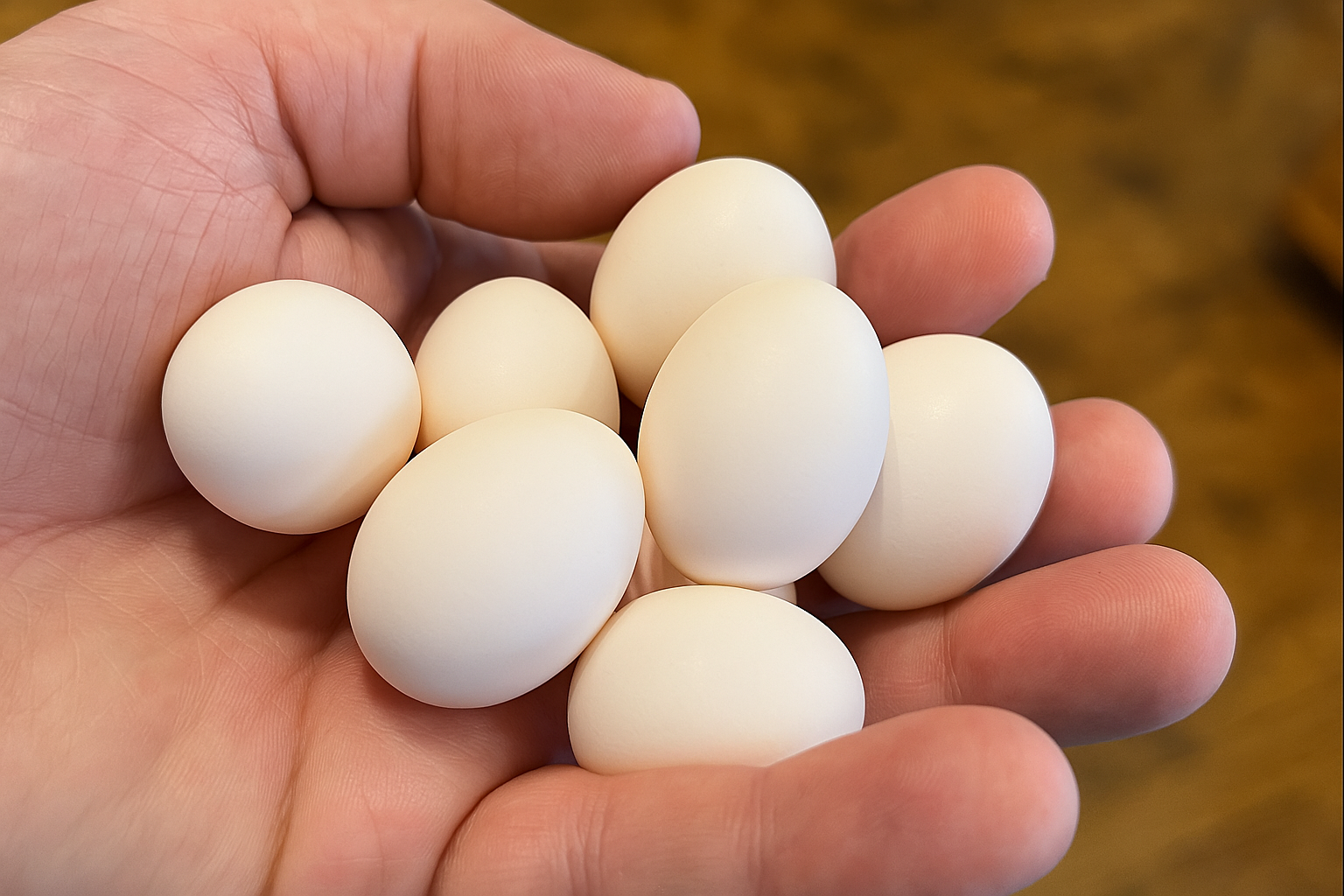
Eggs
Montezuma Quail eggs are typically whitish or chalk-white, with a clutch of around 10–12 eggs. They are laid in a dome-shaped, well-concealed nest built from grasses and leaves, which helps camouflage them from predators. The eggs usually require about 25–26 days of incubation, during which both parents may contribute to brooding in captivity.
Legal Considerations
Check local laws and regulations regarding the keeping of quail. Some areas may have specific requirements or restrictions.
Permits
In some regions, permits may be required to keep or breed quail.
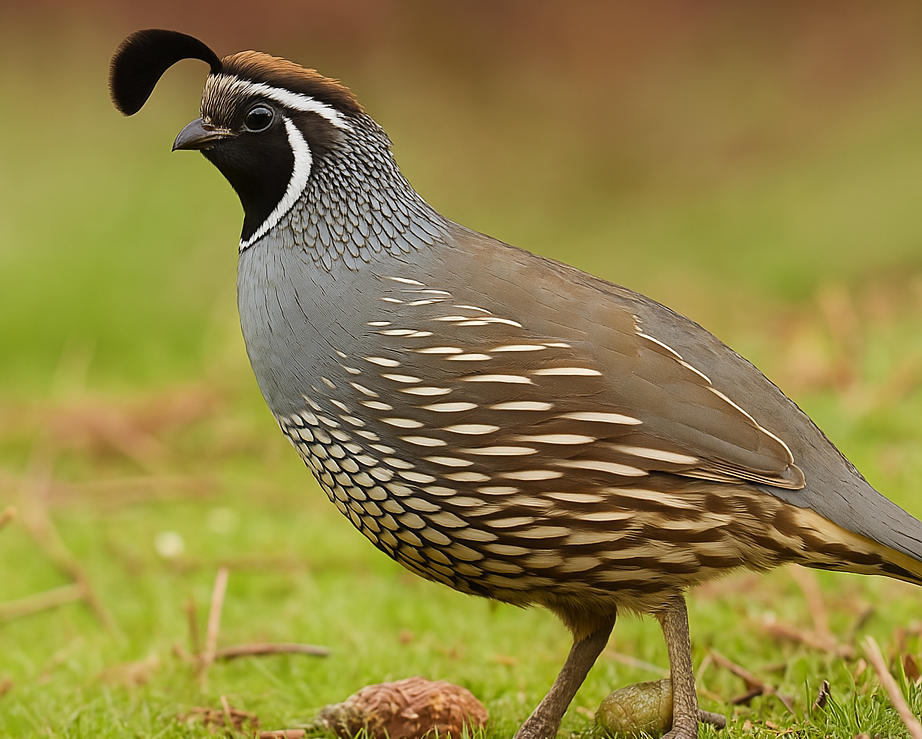
California Quail
The California Quail (Callipepla californica) is a charming and distinctive bird known for its plump body, beautiful plumage, and characteristic head plume, often referred to as a "topknot." These birds are native to the western United States but can be kept as pets with proper care and attention. Here's a comprehensive look at keeping California Quail as pets
Read more
Jumbo Celadon Quail
Jumbo Celadon Quail, also known as Coturnix quail, are a popular breed among poultry enthusiasts due to their distinctive blue or light green eggs, larger size, and efficient egg production. They are a selectively bred variety of the standard Coturnix quail, known for their increased body weight and unique egg coloration.
Read more
Bobwhite Quail
The Bobwhite Quail, also known as the Northern Bobwhite or Virginia Quail (Colinus virginianus), known for their distinctive call and charming appearance, can make unique and interesting pets. Bobwhite quail Have long been popular in North America. They require specific care and habitat conditions to thrive in a domestic setting.
Read more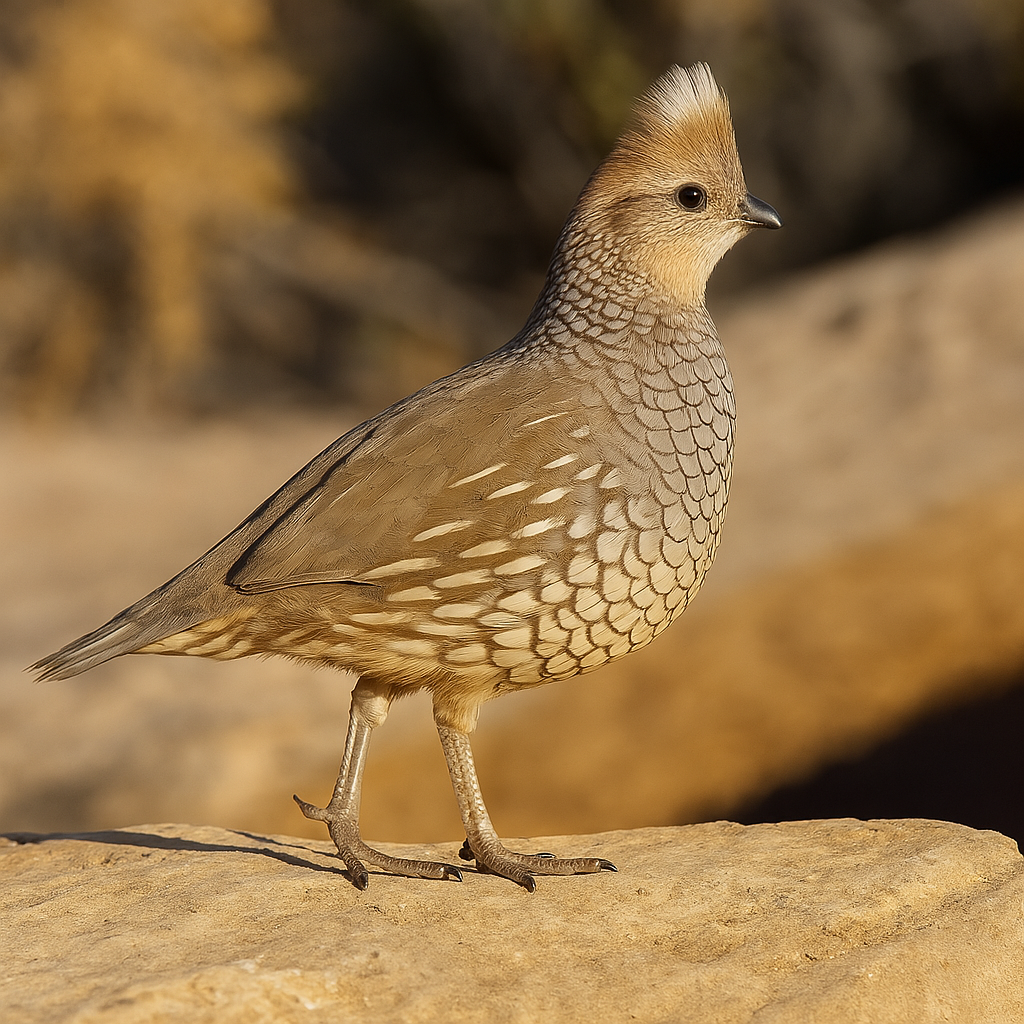
Scaled Quail
The Scaled Quail, known for its unique scaly feather pattern, is an active bird that needs space and a secure environment. Though more skittish than other quail, with proper care, they can live 3-6 years in captivity.
Read more
Texas Blue Scaled Quail
The Texas Blue Scaled Quail is a colorful variant of the Scaled Quail, known for its bright blue-gray plumage and scaled feathers. Native to Texas and arid regions, it prefers grasslands and deserts. These ground-dwelling birds are agile runners and live in social coveys. Their diet consists of seeds, insects, and vegetation.
Read more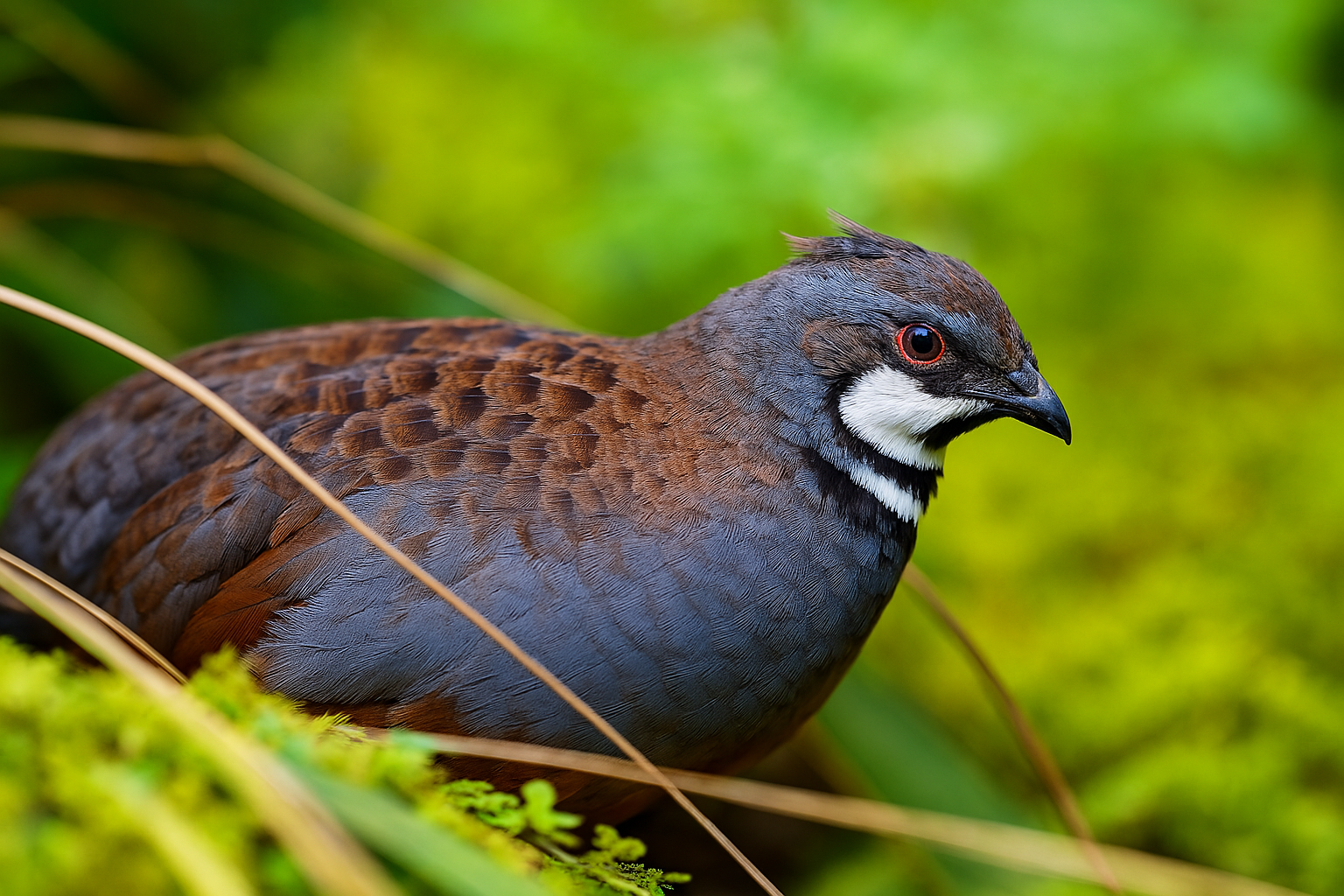
Chinese Painted Quail
Chinese Painted Quail are small, charming birds that make fascinating pets. Known for their diminutive size and colorful plumage, they are often kept in aviaries and bird cages. Their lively behavior and relatively easy care.
Read more